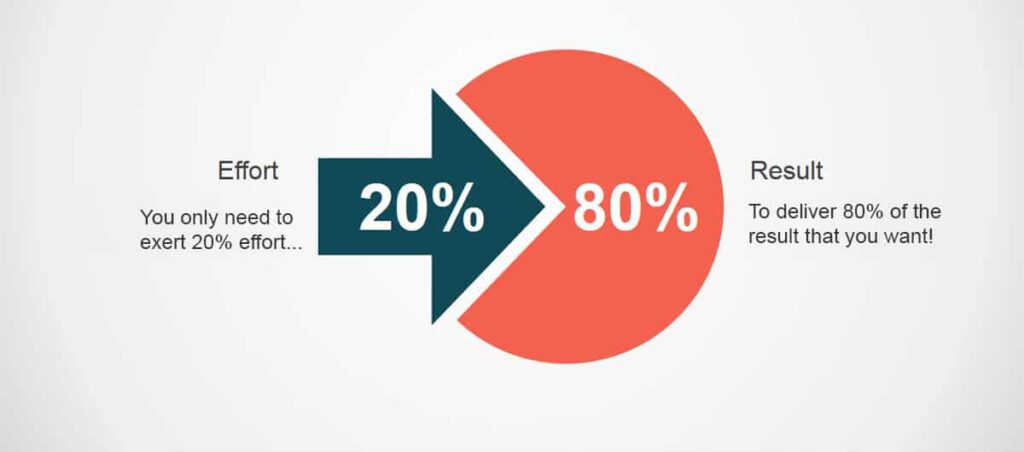The never-ending pursuit of organisational cost reductions too often pits one customer interaction channel against another in a gladiatorial contest from which only one channel can emerge as the victor. And unfortunately, victory is often measured by organisational resources secured by a channel and not the quality of customer interaction outcomes. Counter services, contact centres, and online services, all competing for the same diminishing organisational budget, while customer experience remains static, or even degrades.
The scarcity mentality that drives competing customer interaction strategies is deeply ingrained within the structures and cultures of many organisations. But would another approach create a win for all customer interaction channels, and most importantly, the customer?
Setting the Stage for Failure
Counter services, contact centres, and online services view the customer’s needs in their entirety when they have been structured as individual business units. And it is from this perspective that each service channel frames its strategy for serving customer enquiries in pursuit of organisational objectives. With up to 80% of customer enquiries being serviceable by just 20% of an organisation’s content and transactional processes, each channel is wise to focus on improving the efficiency of resolving ‘simple’ enquiries in order to achieve their cost reduction targets.
As evidenced by the rise of ‘online first’ strategies, contact centres and counter services rarely win the race for the most efficient resolution of simple customer enquiries. But for many organisations, the contest continues. Reducing staff costs through outsourcing, and the filtering of simple enquiries from complex ones remain commonly employed strategies by counter services and contact centres in the efficiency race, but ultimately these efforts will be fruitless once customers gain confidence in using online services for simple enquiry resolution.
So what comes next following online services’ initial success in delivering an efficient resolution of simple customer enquiries?
For the organisation’s contact centres and counter services, it is often a further reduction in staff and funding, and the resulting staff demoralisation that accompanies these losses.
For the triumphant online service, an increased but often frustrating push to migrate increasingly complex customer enquiries online in the hope of repeating earlier enquiry efficiency gains.
For the customer, a multitude of channel choices are increasingly ill-equipped to deal effectively with their more complex enquiries.
Achieving Win-Win in Customer Service
“A multi-channel customer interaction strategy can only achieve optimal efficiency, improve customer service, and build departmental engagement when it recognises and leverages channel strengths within an integrated strategy.”
Online services excel in sharing relatively simple content and aiding the completion of relatively simple customer transaction processes. Contact centres can excel in translating complex content and steering a customer through complex transactional processes. While counter services offer the greatest opportunity for customer empathy and effective customer communication. An effective multichannel customer interaction strategy recognises these strengths and integrates them seamlessly into a single scalable customer experience that escalates to meet customer enquiry complexity.
Your online services should focus on the 20% of content and simple transactional processes that will support 80% of the customer’s needs. Regardless of success, their goal remains on the resolution of the simple 80% of all customer enquiries, and the promotion of online services as the customer’s first point of contact with the organisation. An additional online services goal then becomes ease of customer connection to an appropriate channel if online services cannot meet the customer’s simple enquiry needs. Click-to-call, webchat, easy to find phone numbers, and clear directions to counter services, must be prominent at points within online services where simple to complex enquiry needs emerge. Within this structure, the focus of the contact centre and counter service becomes the resolution of complex enquiries and the interpretation of online content and transaction processes not understood by the customer.
Different Channels, Different Measures of Success
The measure of success for online services is different for contact centre and counter services. Online service success is measured by the frequency of customers beginning their enquiry with the online service, and the resolution of 80% of those enquiries within the online service. The measure of success for the contact centre and counter service is measured by the quality of complex enquiry resolutions, and the satisfaction of the customers who have used them.
One of the key performance targets for your customer interaction strategy will always be the reduction in cost to serve customers. While this target can be measured within each customer interaction channel, it should not be used in isolation for any one channel.
As Easy as it Sounds?
Throughout this discussion, I have relied heavily on the assumption that the Pareto Principle (80-20 Rule) applies to your organisation’s customer enquiry needs. That 80% of enquiries can be resolved by 20% of your organisation’s content and transactional processes. The analysis will certainly be needed to validate this assumption. I have also assumed that the 20% of simple content and transactional processes can be effectively accommodated by your online services. But if these assumptions prove to be even approximately true for your organisation, the integration of customer interaction channels to match escalation of customer enquiry complexity provides a compelling solution.
Instead of competing channels pursuing resolution of all enquiries, an integrated multi-channel customer interaction strategy provides a framework to support an ‘online first’ strategy in which contact centres and counter services play a pivotal role, and the customer has a clear path for enquiry resolution regardless of whether their need is simple or complex. This strategy is heavily reliant on inter-departmental cooperation, but the rewards for customers and departments is immense. Win-win can be achieved for an organisation’s online services, contact centres, counter services and the customer!
The creation of an effective multichannel customer interaction strategy can be a daunting task, especially when those needing to embrace and execute the strategy have already invested so much in existing competing customer interaction strategies. However, there is no need to go it alone. Consultancy can offer invaluable structure, drive, guidance, enquiry, and challenge to the task.








